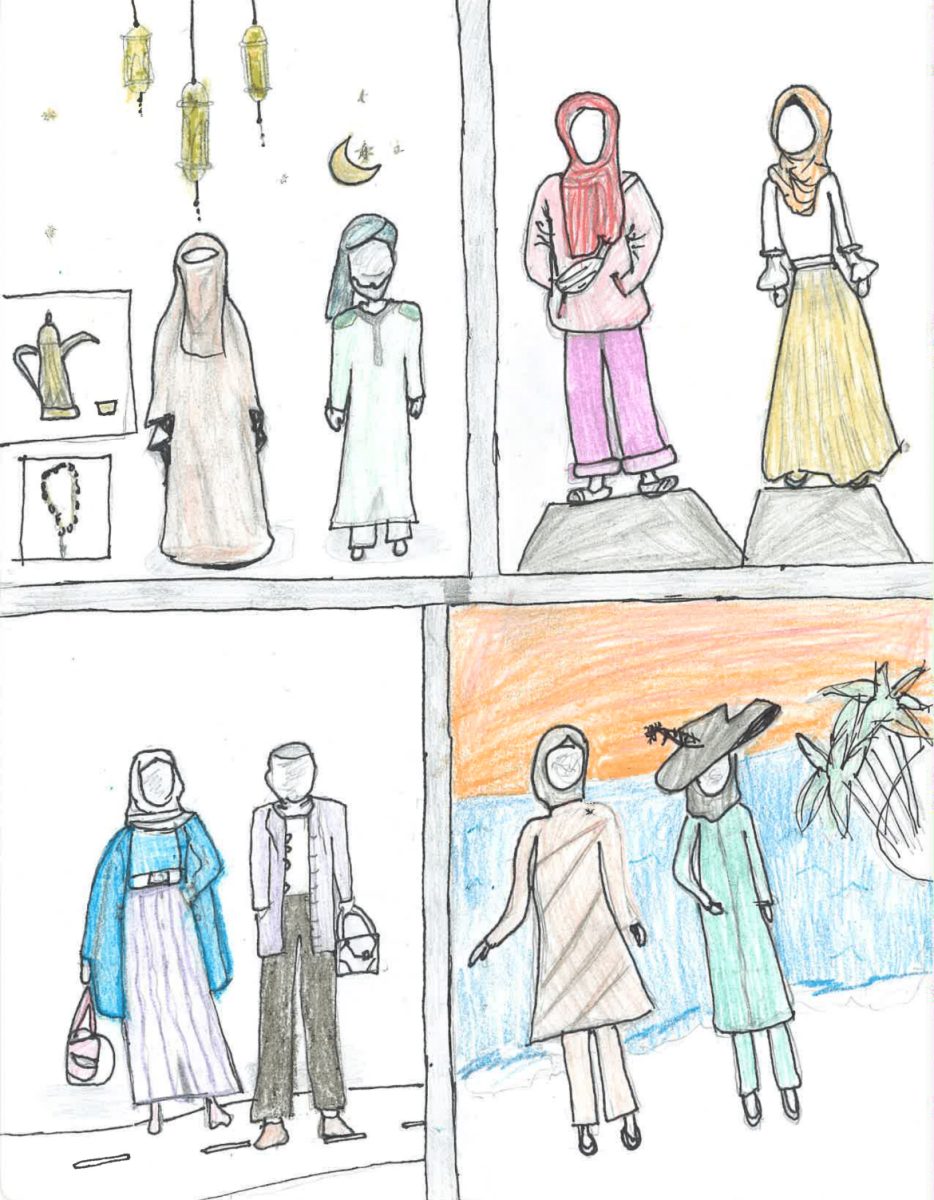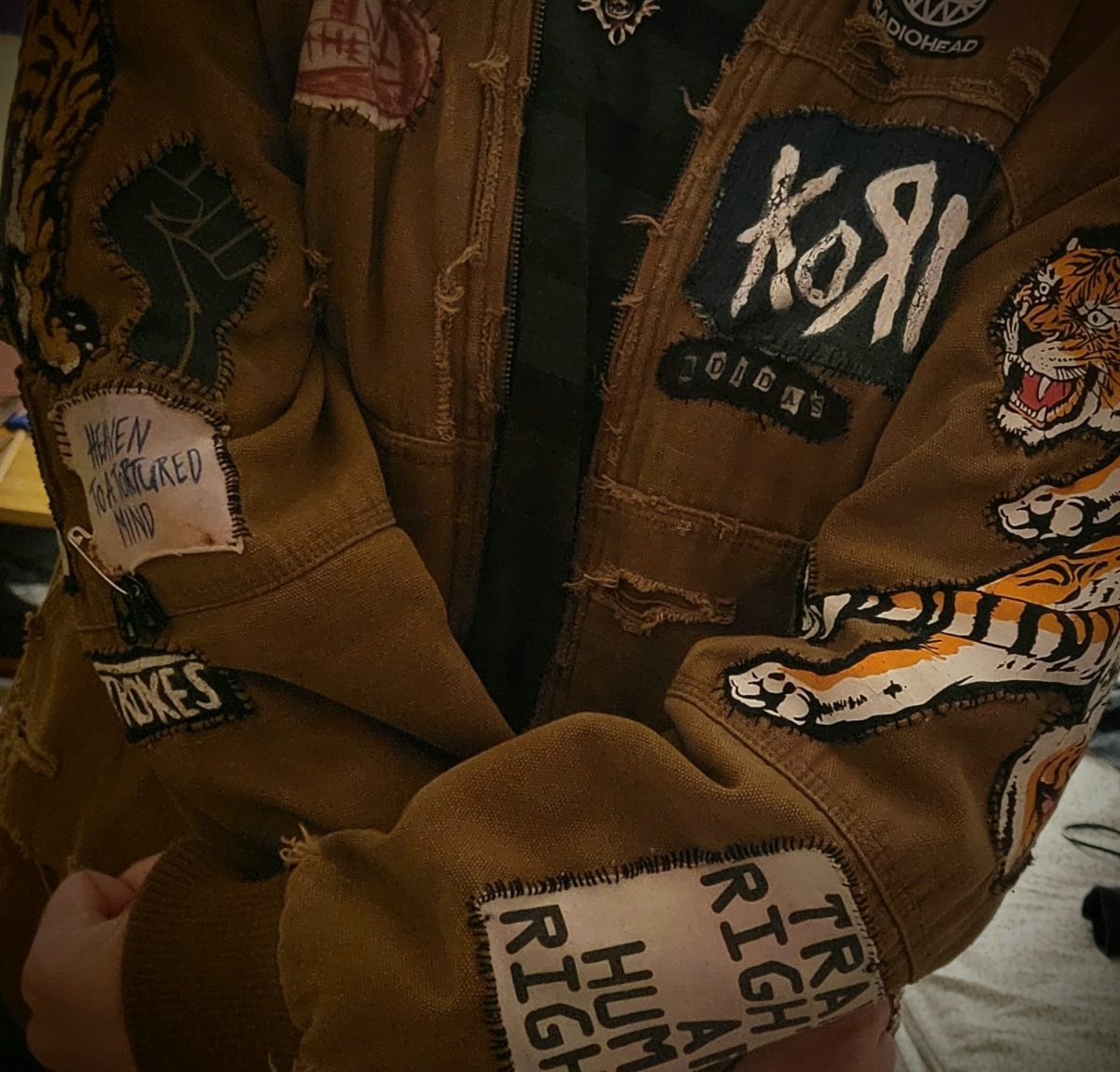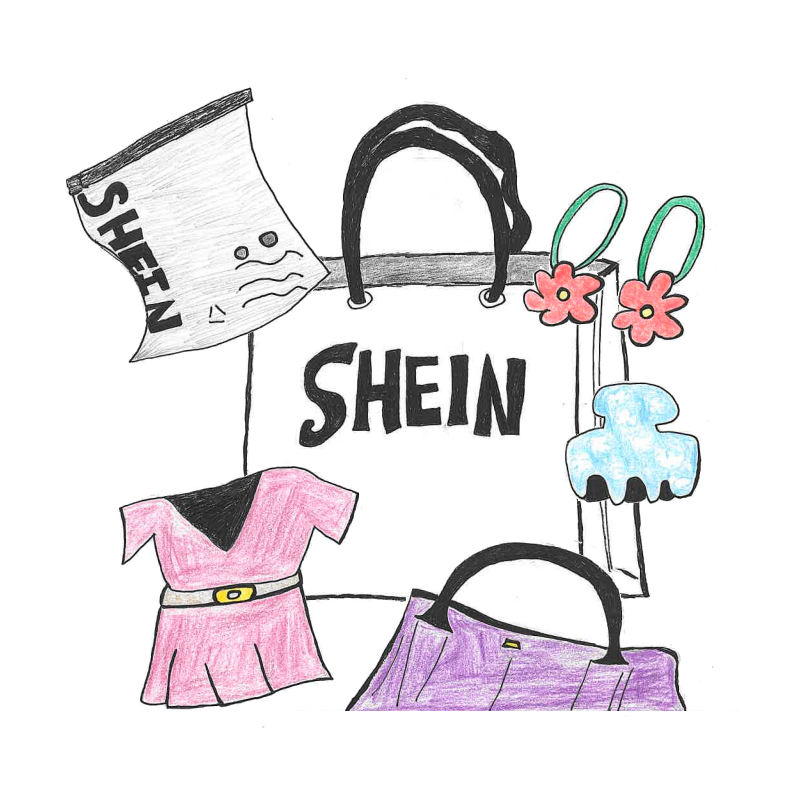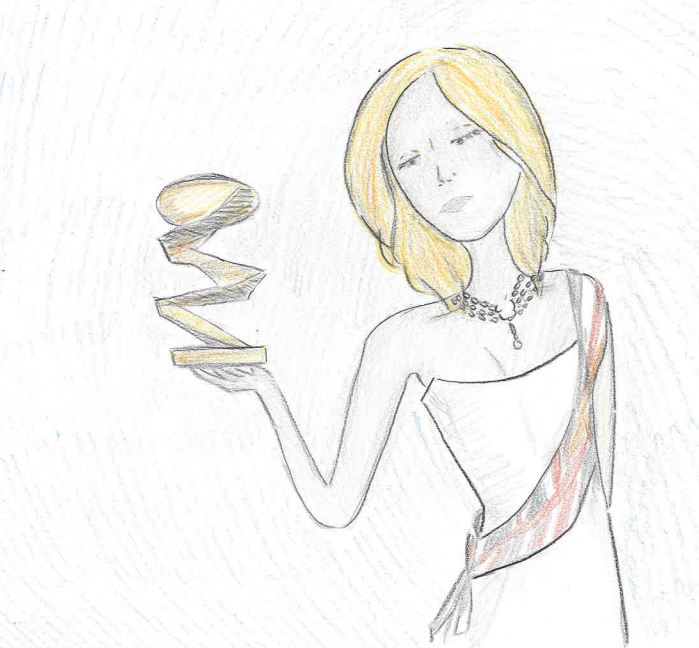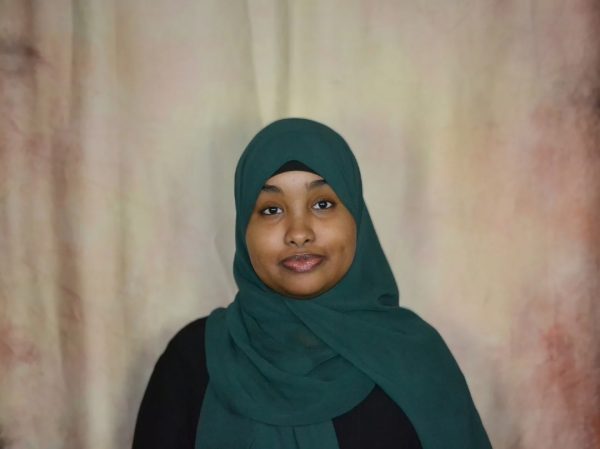Fashion has evolved over the years for every place and everyone around the world, but what some view as progress in attire, others see as regression or deterioration, and vice versa. Nowadays, many more trends are circulating the world when it comes to self-expression, which is ultimately in the eye of the beholder. For Muslim men and especially women, for instance, there has been a major shift from historical styles that many in the Western world see as dogmatic and overly traditional (or even sexist), and some have finally begun to make their way into the fashion industry as fashion designers, such as Hana Tajima of the Uniqlo brand, and models like Vogue Arabia cover girl Halima Aden. These designers can create amazing, original looks and still preserve their cultural and religious identities. For events like New York’s infamous annual Fashion Week, every year there have been more and more hijabs and Muslim-friendly dresses that have gained attention from everyday people and high-profile celebrities alike.
Modest fashion is about comfort and confidence and still having stylish choices while covered. Some high-end brands don’t cater to the modesty of the ever-growing population of Western Muslim women. These kinds of pieces have slits on the bottoms, are semi-opaque (creating a revealing look), and most of them are not long enough. This affects the representation of Muslim women’s modesty in elegant fashion because it becomes limited and inaccessible to the devout. Also, young Muslim men are starting to express their religious and cultural background ever since social media influenced stylish modest looks, with jubbas (outer garments) and shemaghs (scarves) both becoming fashionable and accessible in Western clothing. Muslims make the fashion industry more diverse and welcoming.
Now, how about the hijab, the head covering worn by many Muslim women? It serves as an identity marker and reflects the strong beliefs we have. The hijab has been misunderstood for the longest time, but it’s still incredibly special and personal to many Muslim women. On social media, the range of modest clothing for Muslim women is rising with the advent of incorporating online shopping into the experience because small businesses see the potential of marketing to an ever-widening audience and perhaps untapped demographic. For example, activewear is growing in the industry, Nike is just one company to have introduced a sports hijab line. In 2017, the Nike Pro Hijab was created for inclusivity so that Muslim women could be comfortable while playing sports but still follow their religious customs. It’s made of breathable material and is soft and lightweight. Although it has gotten a lot of attention, brands similar to Nike have also made their own sports hijabs to show their inclusivity.
“I feel like our generation is changing how modest fashion is seen, and we use social media to show our unique styles and follow trends but still keep it kind of traditional,” Menatallah Elbadawi (11) said.
There are many Muslim influencers and bloggers like Maria Alia and Shahd Batal who have become an inspiration for people who want to evolve their style but still incorporate modesty. Also, fashion labels such as Vela Scarves are known for their beautiful, chic and aesthetic hijabs. Modanisa is another brand with diverse collections of abayas, hijabs, tunics and so much more! There are also Muslim-owned beauty brands rising in popularity like Huda Beauty, which was founded by fashion blogger and entrepreneur Huda Kattan. She rose in the fashion and beauty industry because of her unique products and fine jewelry brands like Nominal, which are Arabic-inspired.
Content creators on TikTok and Instagram like Dina Torkia have been trying new looks lately, which consist of layering clothes to create a style that fits their aesthetic while also following an Islamic tradition. Modest fashion is not only about style, but it is also important for society in general. It’s important to understand that modesty is not only for religious purposes but for Muslims to be able to represent their diverse and rich backgrounds through their clothing. Modest fashion also creates a space for anyone who wants to feel good about themselves and it challenges the idea of beauty. Fashion designers have also been making clothes that cover up more but still look attractive and fashionable, mixing traditional modest styles with modern trends like bright colors and unique trendsetting designs.
“I think Muslim modesty and fashion is a cool way to express ourselves while also honoring our culture and beliefs,” Amina Ibrahim (11) said. “It’s about more than just clothes — it’s about celebrating diversity and showing that there are many ways to be stylish.”
Overall, fashionable modesty is becoming more and more popular, and not just for the people who follow religious practices. And it’s not just one single look — there are an infinite amount of styles that fall under the umbrella term ‘modest fashion.’ The wider range of brands, textures, aesthetics and colors is beautiful because social media, for all its faults and dangers, also helps people share their styles and inspire others, which leads to better understanding and acceptance.


